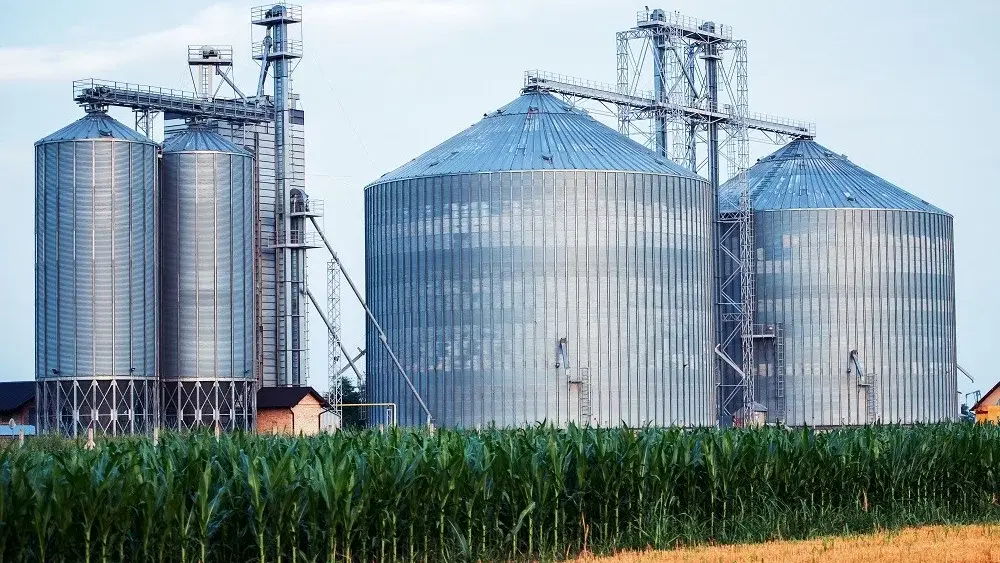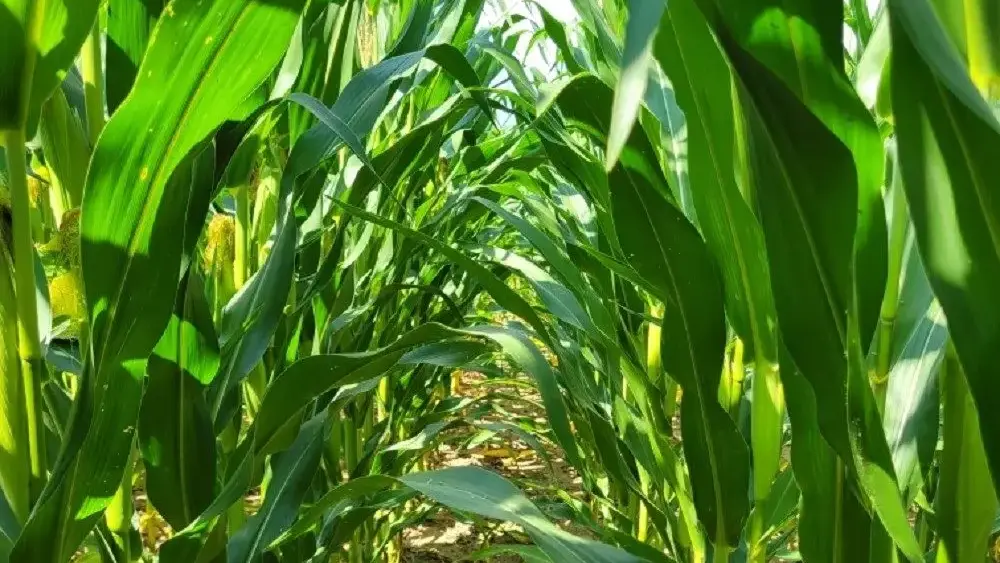You would think that harvesting a massive crop would be good news for U.S. farmers, but “demand is lower due to the ongoing trade challenges. And what this really means is that we’ve got a big crop, and we need to find a place to put it,” explains Farm Bureau economist Bernt Nelson. He breaks down the numbers.
“Corn production for the ‘25-‘26 marketing year is estimated at a record 16.8 billion bushels. Now if we kind of switch gears and look over at soybean production, it’s also projected to be higher, at 4.3 billion bushels.”
Nelson says the problem is that the national storage capacity for grain crops hasn’t increased at the same rate as production has.
“Grain storage capacity has gone up only a little bit at the same time. So, if we look at combined on- and off-farm storage capacity as of December 1, 2024, this totals about 25-and-a-half billion bushels. Our big Corn Belt states have added very little new storage space in recent years.”
Insufficient storage space can also impact grain prices.
“The increase in crop size with limited increase in demand or storage space could continue putting some pressure on our crop prices,” says Nelson. “It also could have a big impact on basis. A weakening basis would really add a significant price risk to the farm sector on the bottom line.”
Learn more on the Market Intel page at fb.org.
Source: NAFB News Service






